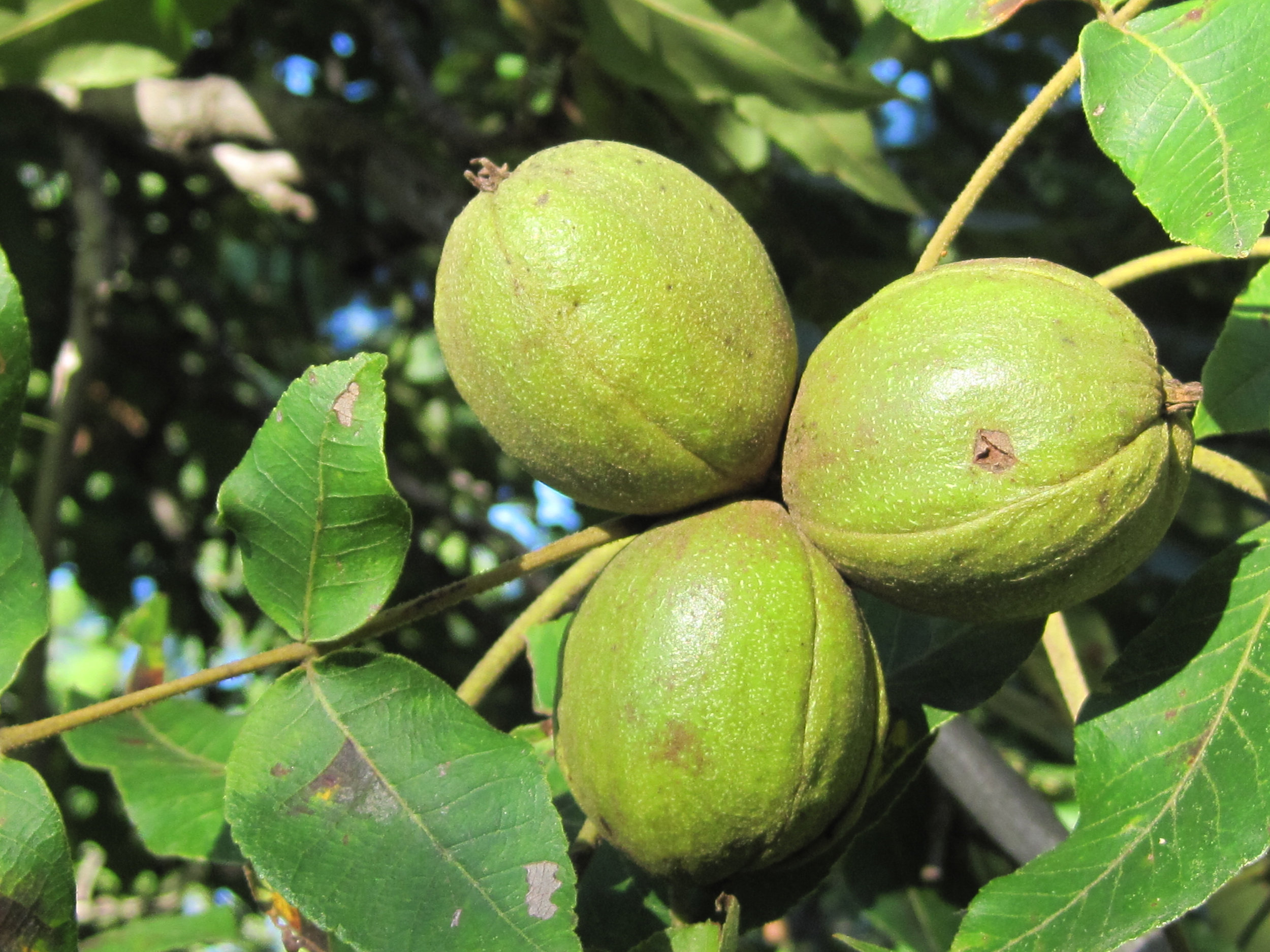Mockernut Hickory Tree
Naturalist by Numbers October topic: Ozark Hickory Trees
Chert Glades Missouri Master Naturalists we have seven species of hickory trees to learn, love and appreciate in our region. While we appreciate a hickory smoked chili relleno or fajita meat… there is so much more to the benefits of our Ozark hickories. We might scope out those porch lights for some underwings, Luna moths and Regal moths who all depend on our hickories. The Hickory Horned Devil is a rock star in the student’s scope of entomology and I have found them easy to rear for school program purposes.
I believe we all know the hickory trees are part of our native forest, but perhaps fewer people recognize the tree species individually. We might have heard of descriptions as “tough as a hickory”, and General Andrew Jackson was coined “Old Hickory” from his men’s admiration during the War of 1812.
I consider the hickory trees tough because when we refer to succession they would be considered a “pushing species”. They may sprout under much competition and shade on the forest floor and grow slowly at initial start. They will often however succeed slowly over the rival seedlings and reach for the canopy. Many hickory species can grow quite fast once they are released and free to grow in a canopy opening.
Other naturalists might label them tough, referring to their sinewy young branches and see the tree as a symbol of strength. It was just a generation or two ago when hickory handles supported a craftsman’s tools and were the choice handles of many farming implements. Pioneers forged homemade hammers with a shock-resistant hickory handle. Wooden hickory wheels were rolling beneath those westward bound Conestoga Wagons with the same shock-absorbing trait. Early professional baseball bats were legendary for their ash wood make-up; however a good number of neighborhood and school home runs are credited to a reliable hickory baseball bat.
Mockernut Hickory Nuts
Appealing to our culinary diversions, several hickory trees have appetizing nut meats. I grew up with a mockernut hickory in the backyard and the meats were tasty and moist. Though, I think it is close to impossible to crack them and obtain whole nuts. My cracking chores always resulted in small pieces. Many Native American groups pounded hickory nuts to a meal or extracted the milk from the nut meat and added the sweet ingredient to hominy and corn cakes. It has been described as rich as fresh cream. Other edible sweet hickory nuts include shagbark, shellbark, black hickory and the well-known pecan. The pignut hickory can be sweet or bitter, so it is a gamble for our taste buds, but Ozark free-ranging hogs loved them thus the charming namesake pignut. The feral pigs shared their fondness with many species of wildlife. The varieties of hickory nuts are essential in the diet of black bear, deer, chipmunks, beaver, squirrels, white-footed mice and wild turkeys.
The value of the hickory goes far beyond consumptive uses by humans and wildlife. They have a tremendous aesthetic value. Many species are very tall and have a narrow crown. Hickory trees like the pecan, mockernut and bitternut hickory can have a round or spreading crown if growing in open spaces. They can be very stately landscaping trees for the backyard and their fall color will not disappoint. Yellow is the signature fall foliage hue and it can vary from “Shagbark Golden” to my favorite “Mockernut Bright”.
Fall Walk Along Bee Creek with Jeff Cantrell
This autumn the native oaks and hickories will impress us with their winning colors. If you get the opportunity, join in as many walks as you can; take notice of the hickory species. They have a charm all their own.



